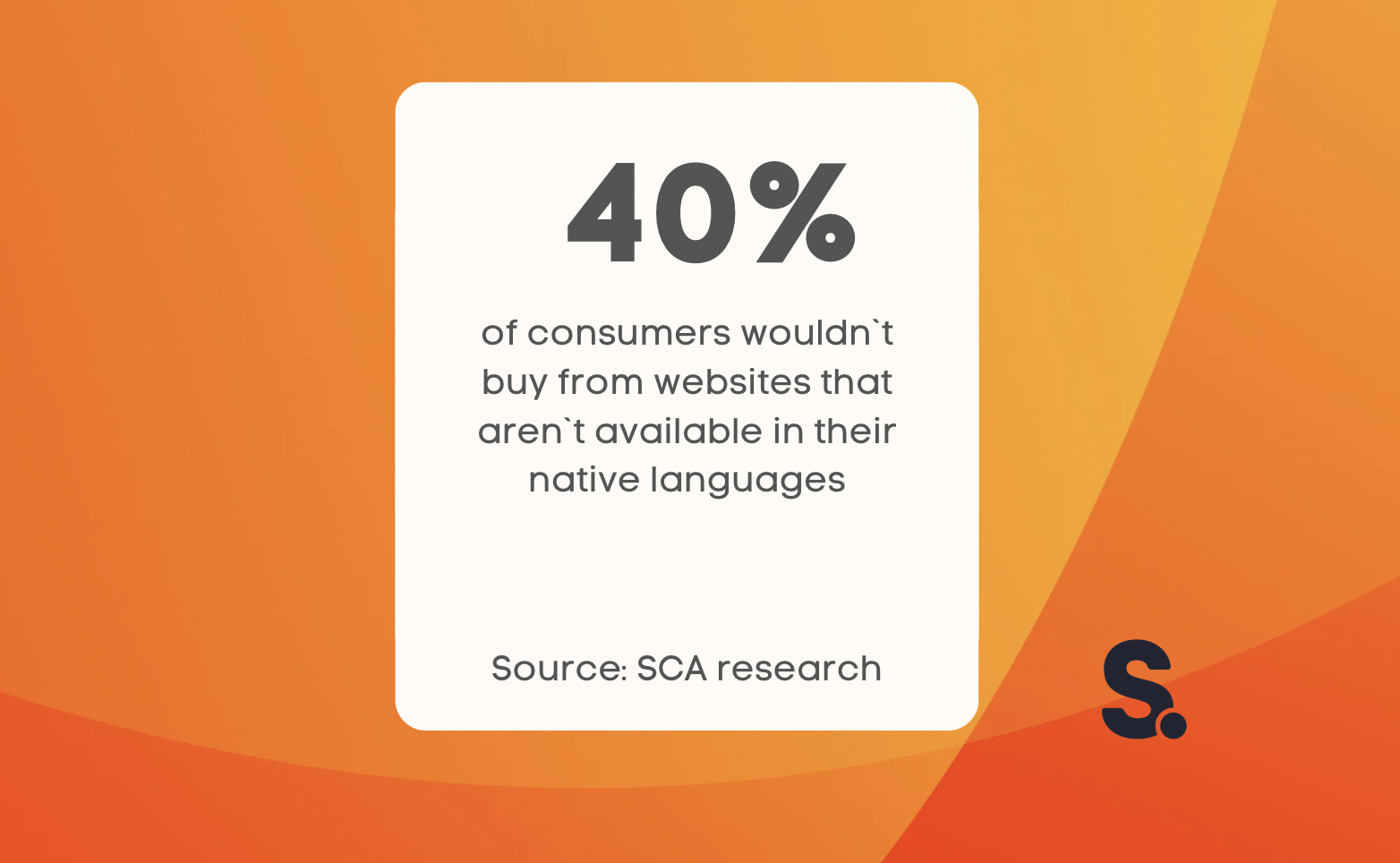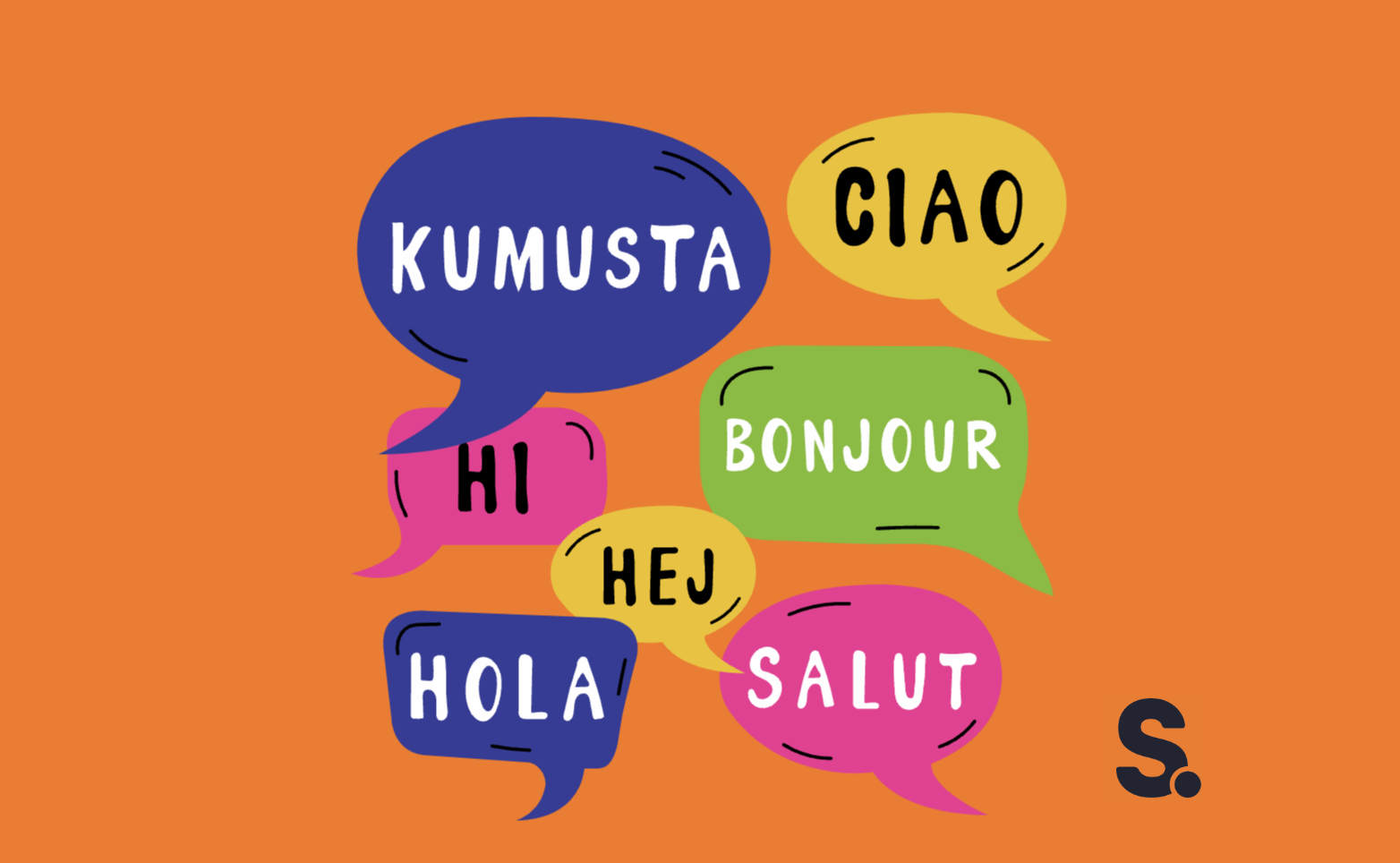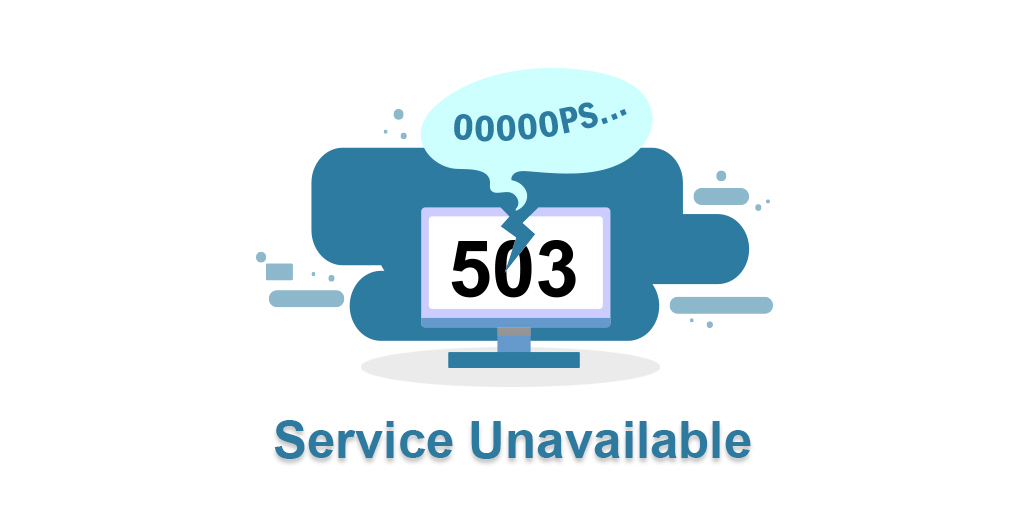The power of language on websites is undeniable. Language acts as a bridge between communities, enabling people from all walks of life to access and comprehend digital content. Changing the language on your website not only improves the user experience but also broadens the reach of your content to a wider audience.
Language settings are essential to ensure that websites meet users' linguistic needs and preferences worldwide. In a multicultural and multilingual world, where people speak different languages as a primary or secondary mode of communication, offering language options on your website increases inclusivity and makes your site more accessible.
It recognizes and respects the multilingualism of your users, allowing them to navigate and interact with content in their language of choice. Language settings also facilitate effective communication, reducing language barriers and building relationships between people regardless of their language background.
By providing multiple language options, you can create an immersive and personalized experience for your users, increasing engagement, satisfaction, and retention.
Is Changing The Language Useful?
The ability to switch language settings on your website is important in a variety of situations, satisfying different user needs and preferences.
One of the most common situations is when people visit websites that cater to a global audience or operate in areas with a multilingual population. For example, multinational corporations and e-commerce sites, as well as travel websites, often offer language options to meet the needs of users from various countries and linguistic communities.
Visitors to foreign destinations may also rely on the language settings of a website to access important information, like transportation timetables, accommodation information, and local attractions in their language.
Language settings are also important for people who are bilingual (or multilingual), as they enable them to easily switch between languages based on their language proficiency or preferences. Whether it’s for business purposes, leisure, or personal reasons, changing language settings improves usability, comprehension, and engagement across different contexts and situations.

Why You Might Need to Change the Language on a Website
Business Expansion
As your business grows and expands into new markets, it becomes increasingly important to cater to different linguistic audiences. By changing the language on your website, you can reach a wider audience, including international clients who prefer to interact with your content in their language.
By providing multilingual support, you can strengthen your global presence, increase your brand awareness, and increase your customer acquisition in regions where different language preferences exist. Not only does this strategic approach help you expand your market presence, but it also helps you become culturally sensitive and responsive, ultimately leading to business growth and global competitiveness.
User Experience
The User Experience (UX) is the most important factor in a website’s success and effectiveness. Language customization helps improve UX by allowing users to access content in the language of their preference and improving accessibility. When users have access to content in the language they prefer, they feel more comfortable, understand the content better, and engage with the website more. This leads to higher levels of satisfaction and long-term user engagement.
Whether it’s navigating a menu, reading a product description, or talking to customer support, offering language options makes it easier for users to interact with your website regardless of their language background. Language customization also promotes inclusivity by making your website more welcoming and accessible for people from different cultures and languages.
When you prioritize user experience by offering language customization, you can build loyalty and trust among your audience and improve your brand’s overall brand perception.

How to Change the Language on a Website?
It’s important to have access to information in different languages. Whether you’re a traveler visiting foreign websites or your business serves a global customer base, changing the language of a website can significantly improve the user experience. Let`s take a look at how to change a website’s language using both the browser-based method and the CMS-based method.
Step-by-Step Instructions:
Typically, you’ll need to go to the language settings of a website and select the language you want to use. Here are the steps to changing the language using different methods:
To use the browser-based methods:
- Open your preferred web browser: Start by opening your preferred web browser.
- Navigate to your desired website: In the address bar, enter the URL of your desired website. Press Enter to load the website.
- Find Language Settings: On the website's interface, you can find language settings. These settings are usually shown by a language icon, or the word “Settings”.
- Select Your Preferred Language: In the language settings, you can find a dropdown menu, or a list of languages. Choose your preferred language from the available options.
- Apply Changes: The website content will automatically update to display the newly selected language. If this does not happen, you can try refreshing the page.
CMS-based Methods:
- Log in to your CMS dashboard (administrative dashboard) with your login credentials.
- Navigate to settings or configuration (depending on your CMS platform).
- Look for language settings/localization options in the settings menu (these options are usually located under the “General” or “Language” settings).
- Choose your preferred language (some CMS platforms allow you to include additional languages).
- Save your changes, exit settings, and your website should now display content in your preferred language.
Challenges and Solutions
When it comes to changing the language on your website, there are a few common issues that can arise. However, with the right strategy, these issues can be overcome effectively. Let’s take a look at some of the common issues that come up when changing the language settings on your website and look for effective solutions.
Incomplete language support:
Some websites don’t offer complete language support, which can lead to incomplete translations or content that’s missing in the language you’re looking for.
Lack of language selection accessibility:
Language settings or options may not be easily accessible to users, particularly if they’re not visible or prominently displayed.
Not always accurate translation:
Machine or manual translations aren’t always accurate, which can confuse or misinterpret the content for users in different languages accessing the website.
Difficulty with dynamic content:
Websites that have dynamic or user-generated content may have real-time translation issues when it comes to constantly changing text. For example, if you have a comment or forum post that’s constantly changing, you’ll need a real-time translation.
Why do I need to change the language on my site?
If you want to reach a wider audience, including people who speak different languages, then changing the language on your site is a good idea. It improves accessibility, user experience, and potentially increases engagement and conversions.
If there is no language switcher on your site, how can I change the language?
If your website doesn’t have a language switcher built-in, you can try to change the language settings on your browser or access the site via a search engine that provides translation services. If the language you want isn’t available on your site, you can contact the site owner or administrator to ask for language support.
Will changing the language affect your website’s layout or functionality?
Generally speaking, the layout and functionality of your website shouldn’t be affected by language changes. However, there may be cases where specific elements or features are specifically designed for a particular language (e.g., dynamic content).
If my language isn’t supported on a website, can I contribute translations?
Yes, some websites allow you to contribute to translations or make improvements to existing ones. Check to see if there’s a community/contributor program that allows you to volunteer to translate content.
How can I make sure my translations are accurate?
To ensure that your translations are accurate, it’s important to use reliable translation services/proprietors who are fluent in both source/target languages. Quality assurance measures should also be in place to review/validate your translations before they’re published on your website.
How does changing the language on a website impact my browsing experience?
If you change the language on a particular website, it shouldn’t affect the language that’s displayed on that site. Unless you’re changing your language preferences on other websites or apps, your language preferences shouldn’t change.
Do I have the option to revert to my original language?
Yes, many websites allow you to revert to your original language if you change your mind. If you’re using a website with language switching, you’ll have the option to switch back to your original language.
Conclusion
Changing the language of a website can improve its accessibility and make it more appealing to a wide variety of users. Following the steps in this guide will make it easy for users to switch between languages using either the browser-based method or the CMS-based method to ensure a smooth browsing experience. It’s important to address common issues and solutions to overcome problems that may occur during the language-change process.
Implementing best practices such as using reliable translation services and making sure the translation is accurate can also help preserve the integrity of multi-lingual content.
All in all, by adding language-switching features and taking into account the needs of a worldwide audience, site owners can increase user engagement and satisfaction.
Additional Resources
If you’re looking for more help in translating your website’s language change functionality, there are a few plugins and tools you can use to make the process easier.
Some of the most popular plugins include: - WordPress Multilingual Plugin (WPML) - Polylang - Weglot
These tools provide comprehensive solutions to translate and manage multilingual content on your website. Not only do they make the translation process easier, but they also offer features such as the ability to detect languages, optimize SEO, and automatically synchronize content across multiple language versions.
You can also use online translation services such as Google Translate or DeepL to quickly translate your website content into different languages. From small blogs to big e-commerce sites, you can use these tools to ensure seamless language switching and improve the user experience for global visitors.

Nadejda Milanova
An experienced Content creator in the field of Search Engine Optimization (SEO) and WordPress. A true proffesional with a Master's degree focused on journalism.
Read more by Nadejda Milanova





